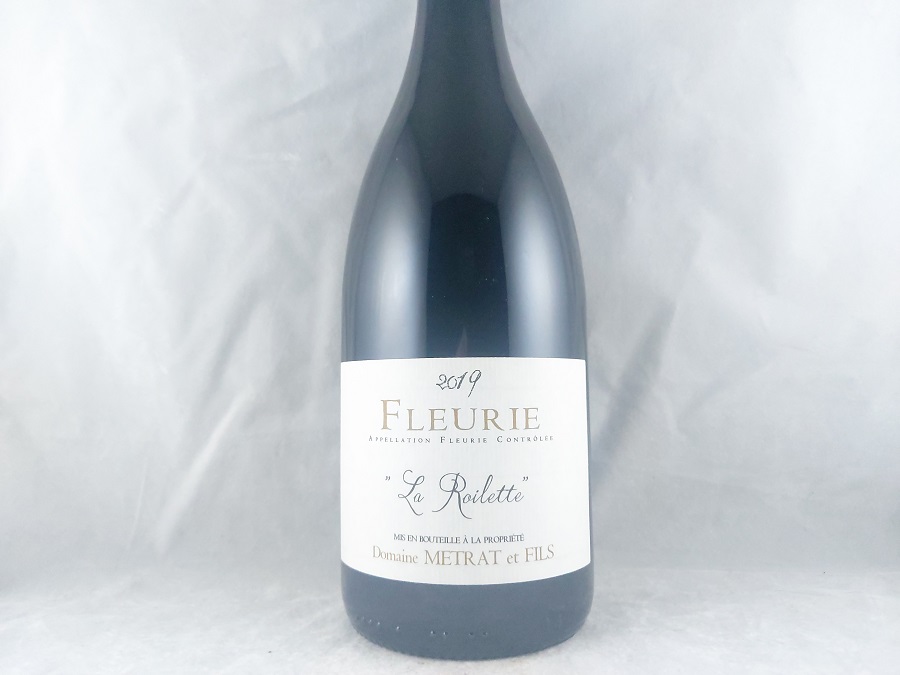
Why The Wines Of Austria Are For You
Until my first wine making lecturer talked about drinking yourself sober with Austrian wine, I never thought about Austria in any sense. When she wrote the words ‘Grüner Veltliner’ on the top of my notebook my fate was sealed. Further study (that does include drinking) opened me up to the world of their two standout whites: Riesling and Grüner Veltliner. Later came the reds made from Zweigelt, Sankt Laurent, and Blaufrankisch, but for me the thrill is still the racy, mineral, hauntingly perfumed whites that age as gracefully as any in the wine world.
But what does this mean for you? As a lover of Riesling and aromatic whites these wines are in your zone. As a lover of aged White Burgundy then aged Grüner Veltliner is definitely for you. The greatest characteristic that Austrian wines offer you as a wine lover is that they are accessible. When you open a beautiful bottle of Austrian white or red they offer flavours you are familiar and comfortable with.
The following is a way for you to become more familiar with the places and words you’ll find on the labels and what they mean. The best thing to do though is to buy the wines to taste at home.
Wachau
‘Steep Terraces. Noble Grapes. Monumental Wines’ says the Austrian wine website and it is hard to disagree. A UNESCO world heritage site on the Danube that is 1350 hectares dedicated to quality Riesling and Grüner Veltliner. Some of the best white wines in the world are made here.
Smaragd The Smaragd lizards bask in the warmest sites of the Wachau region. It stands to reason that the warmest sites allow for production of naturally concentrated and complex and therefore most treasured wines of the Wachau. Both Grüner Veltliner and Riesling Smaragd are worth seeking out in the Wachau.
Federspiel The middle of three categories for quality Wachau wines. The must weight (sugar content) has to reach a minimum level and alcohol has to sit between 11.5% and 12.5% making it a lighter fresher style.
Steinfeder The light, lower alcohol and charmingly fragrant wines of Wachau. The typical grass of the region is referred to as steinfeder and that is where the name comes from.
Kremstal
North East of Wachau and slightly bigger at 2243 hectares. There are three distinct zones in Kremstal. Once again Riesling and Grüner dominate production for very good reason too.
Kamptal
Named for the river Kamp that flows through the region and featuring Austria’s largest wine producing town, Langenlois. Kamptal is 3802ha dedicated to the Niederosterreich (Low Austria) specialities Riesling and Grüner.
Burgenland
‘Powerful wines from the land of Sunshine’. The large 13,840ha area of Burgenland on the Eastern border offers a great diversity of wine styles. Neusiedlersee in the north is the home of Zweigelt. Mittelburgenland is where Blaufrankisch finds a natural home.
Weinviertel
Austria’s largest and most diverse wine-growing area with a name that means wine quarter. Situated in lower Austria it neighbours Slovakia and Czech Republic. The most important grape varieties are Grüner Veltliner, Pinot Blanc, Welschriesling, Zweigelt and Blauer Portugieser.
Riesling
One of the world’s most noble varieties and known transmitter of terroir. Riesling is an important variety for quality wine production although only makes up approximately 4% of the planted area. Germany, Austria, Alsace and Australia are places you’ll find wonderful Riesling. They can be as dry as any wine you’ll taste or super sweet and luscious. It is a wonderful grape.
Grüner Veltliner
The jewel in the crown of Austria. Grüner Veltliner wines are reminiscent of Riesling but often with more density, less overt perfume and more spice. Ages well and becomes a reasonable facsimile of old White Burgundy. Makes up around 30% of total vineyard area.
Wine In Austria
There is archaeological evidence that grapes were grown in Austria 4000 years ago. Over this long history numerous obstacles have occurred that has stunted their wine market. Wars, laws, mildews, aphids, wine doctoring and unpalatable wine have all been issues. But through a mix of strict legal controls, embracing native treasures and outstanding terroirs the producers have turned Austrian wine into a world force.
Since the mid-1980s the aromatic white wines of Austria have been improving and carving out a niche in the world wine market. The best of these wines compete with, if not surpass the great aromatics of Germany, France or Italy. That being said, the reds, made from local varieties are not too shabby either.


